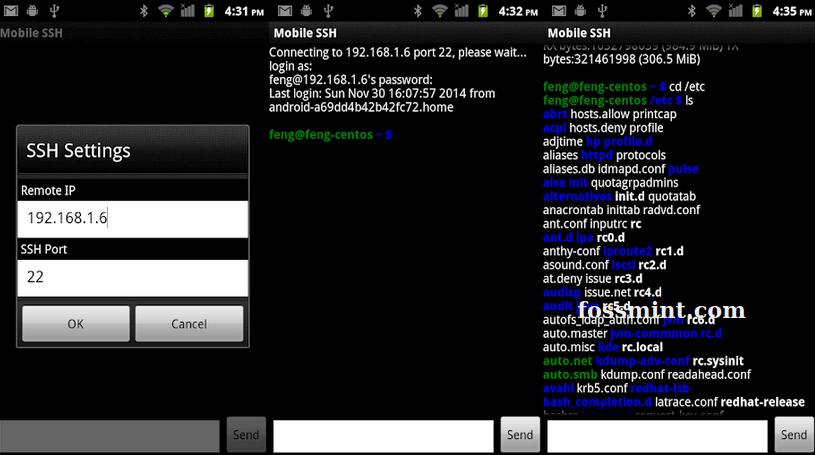
Run the following command from your desktop to test it. Now you can log into your SSH server without a password. On your desktop, copy the id_dsa.pub file to your server using the following command: scp -P "ssh-port" ~/.ssh/id_dsa.pub the public key fileĬhange the filename and permissions: cat ~/.ssh/id_rsa.pub > ~/.ssh/authorized_keys On your server, create the folder for SSH with the command: mkdir -p ~/.ssh/ This will produce two files: id_rsa.pub (the public key) and id_rsa (the private key). Simply press the enter key at every question.

To generate SSH keys on your client machine, run the following command: cd ~/.ssh To avoid this, you can use ssh key for authentication without a password. If one of your users sets a weak password, your server can be compromised. Using passwords for SSH authentication is insecure.
Linux ssh shell timeout install#
To install the SSH client on your desktop, run the following command: sudo apt-get install openssh-clientĬonfigure SSH to log in with SSH keys instead of a password To install the SSH server on your server, run the following command: sudo apt-get install openssh-server

It is most widely used by Linux system administrators for remote server management. Secure Shell (SSH) is a protocol used to provide secure and encrypted communication over a network.

Restart SSH for the changes to take effect.Restrict SSH logins to specific IP addresses.Use a whitelist and a blacklist to limit user access.Copy the public key file to your server.Configure SSH to log in with SSH keys instead of a password.


 0 kommentar(er)
0 kommentar(er)
